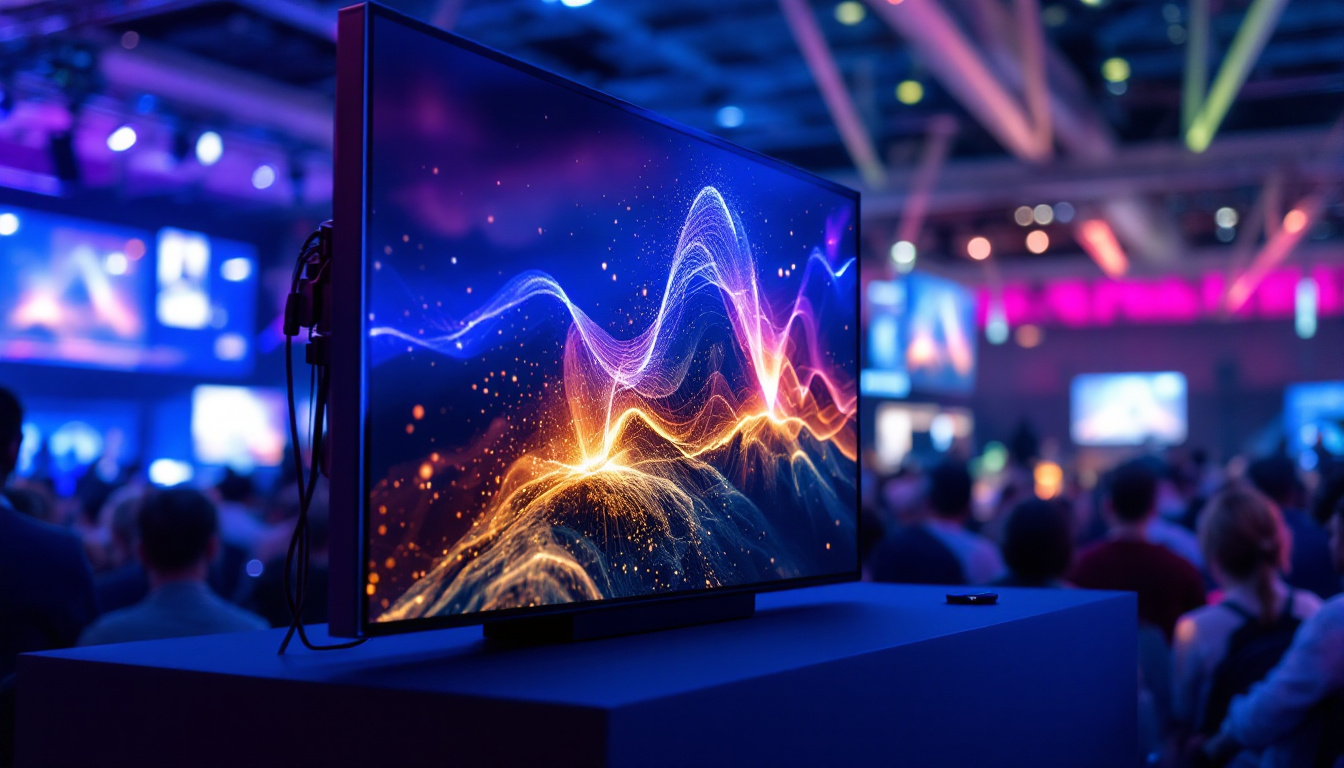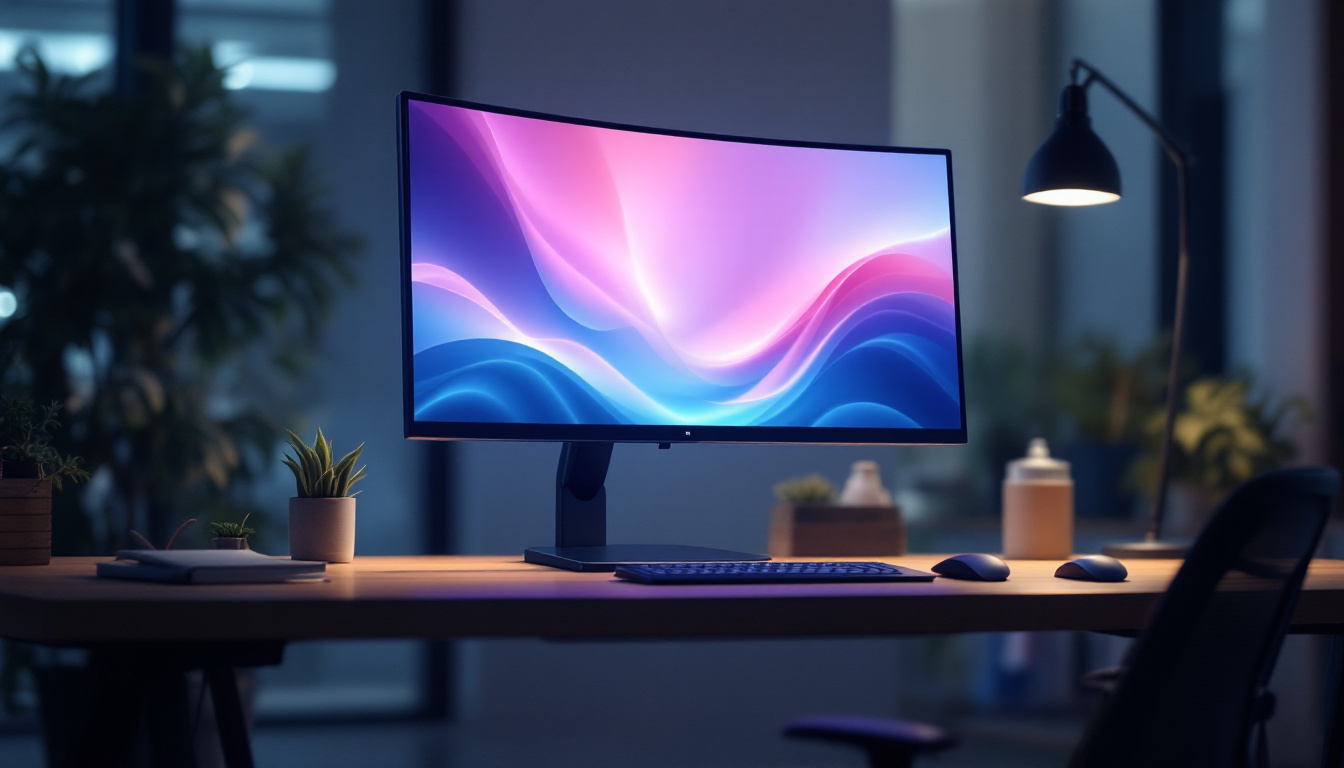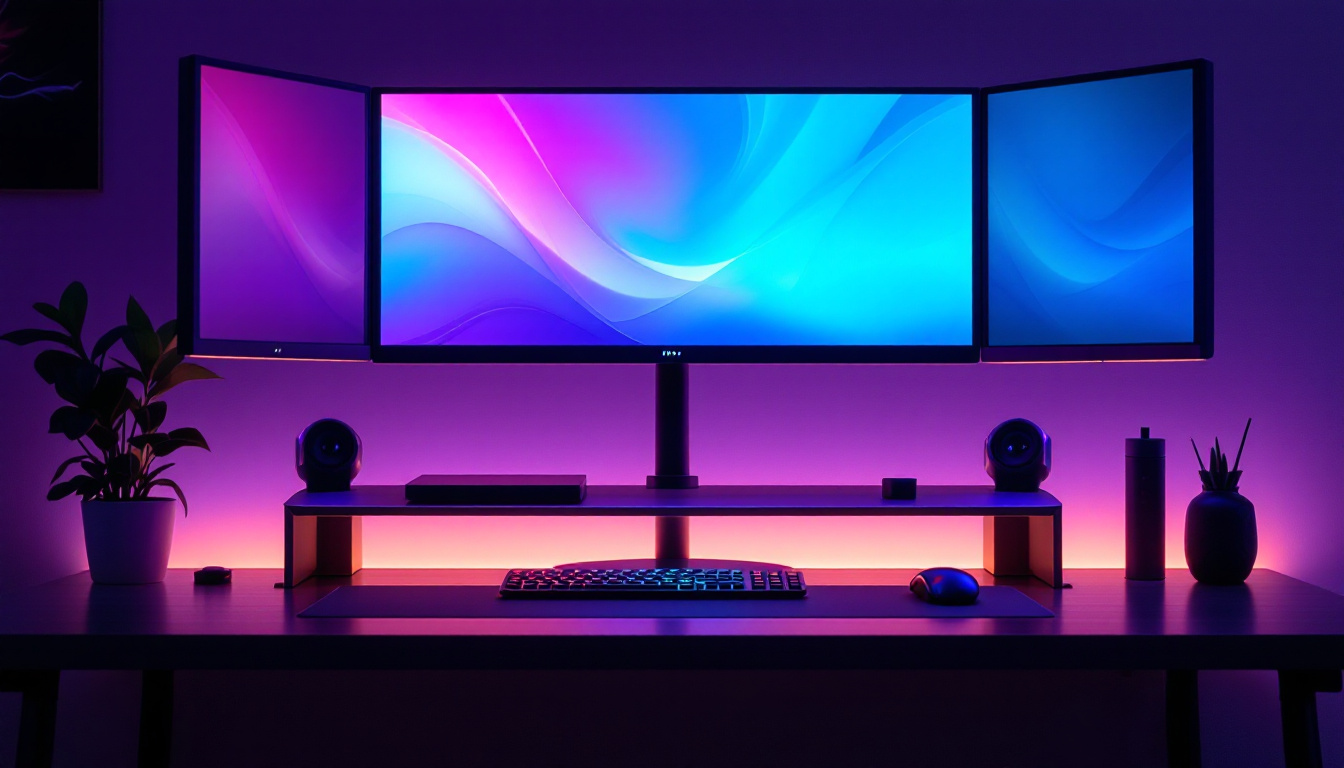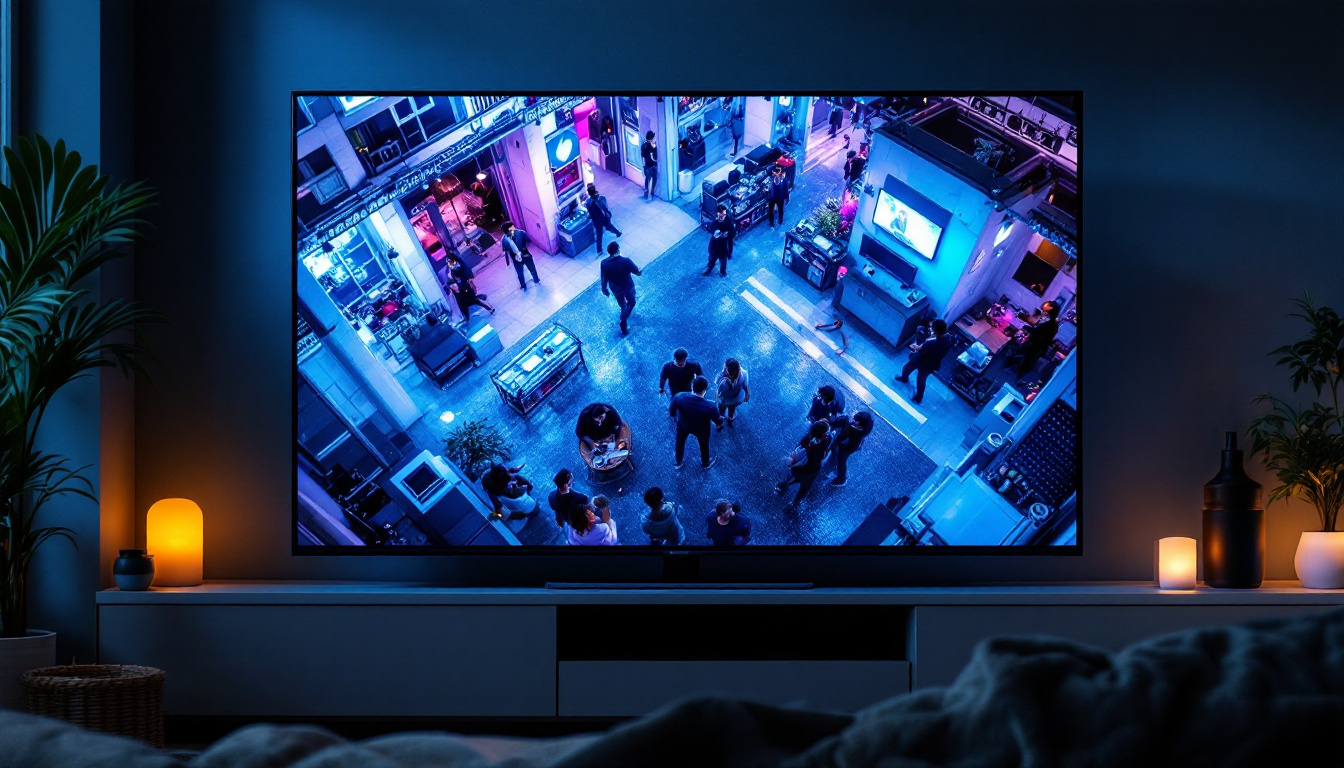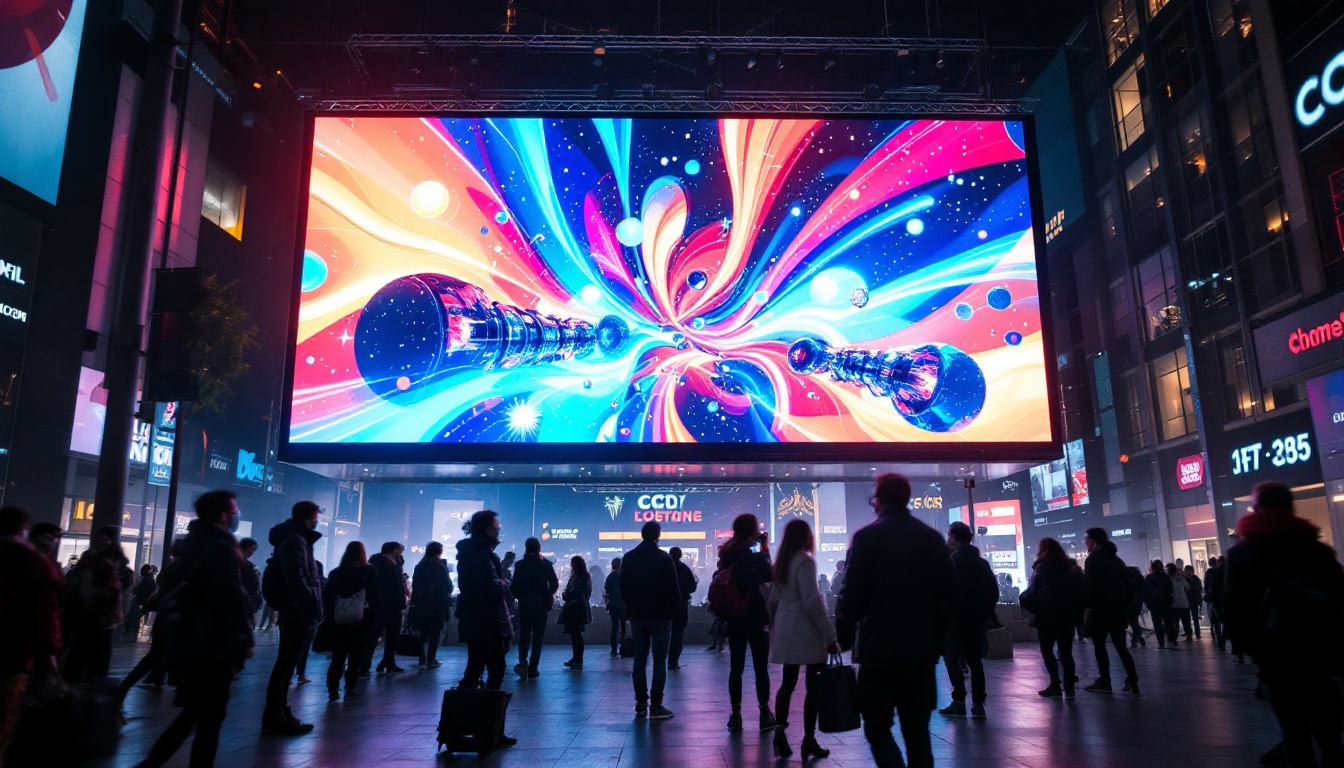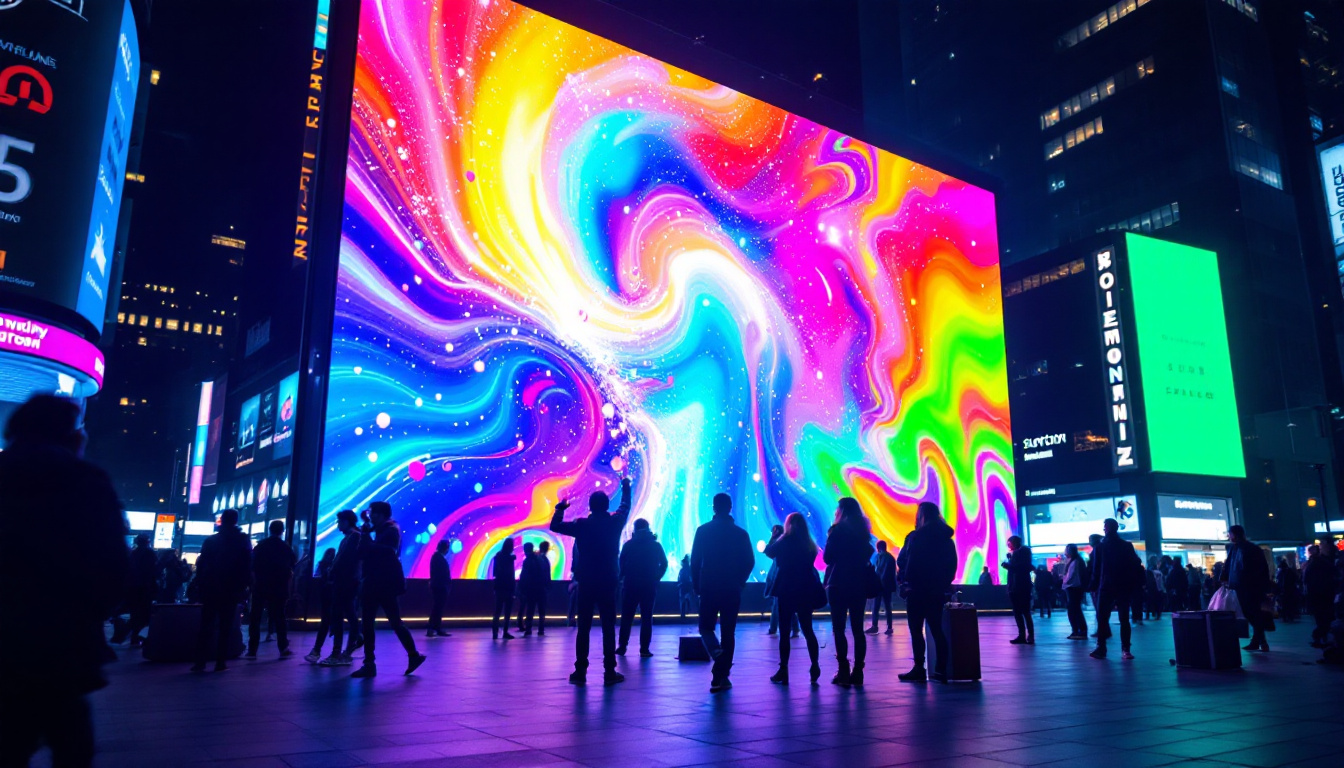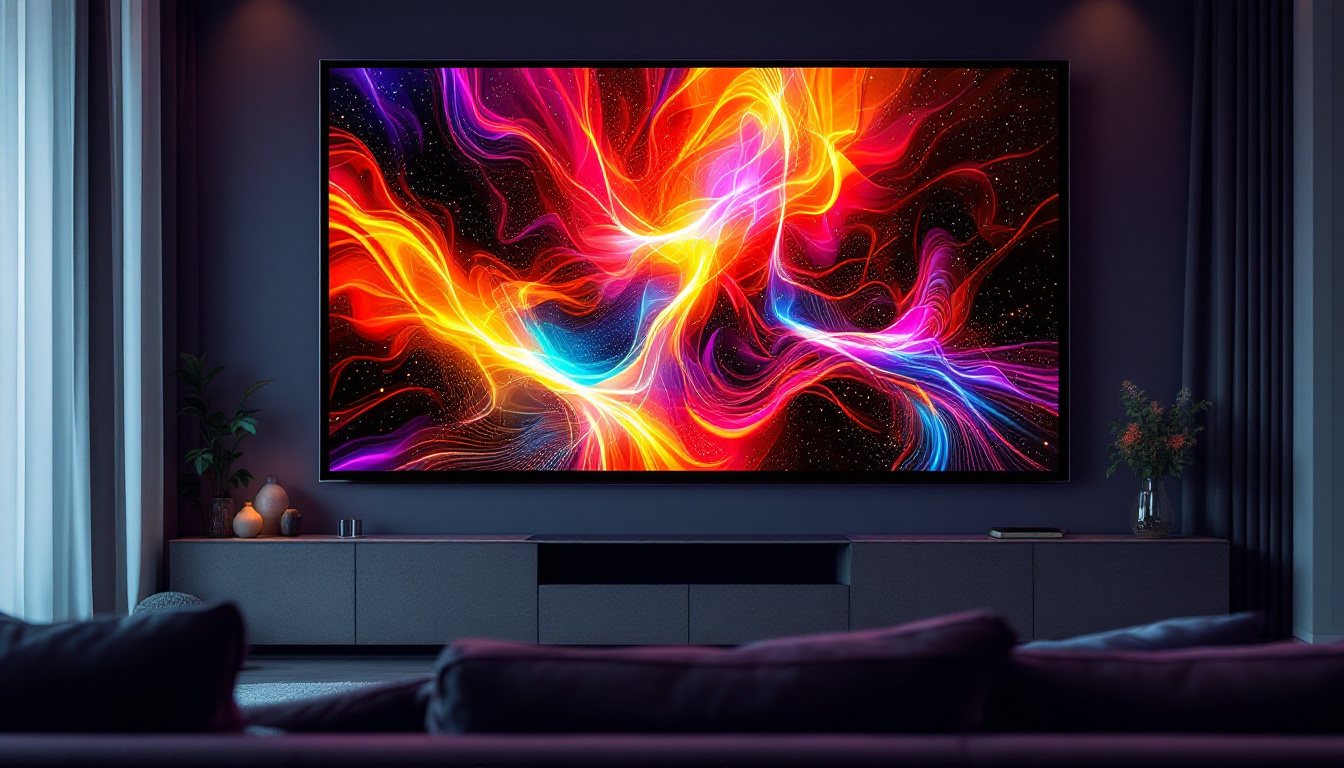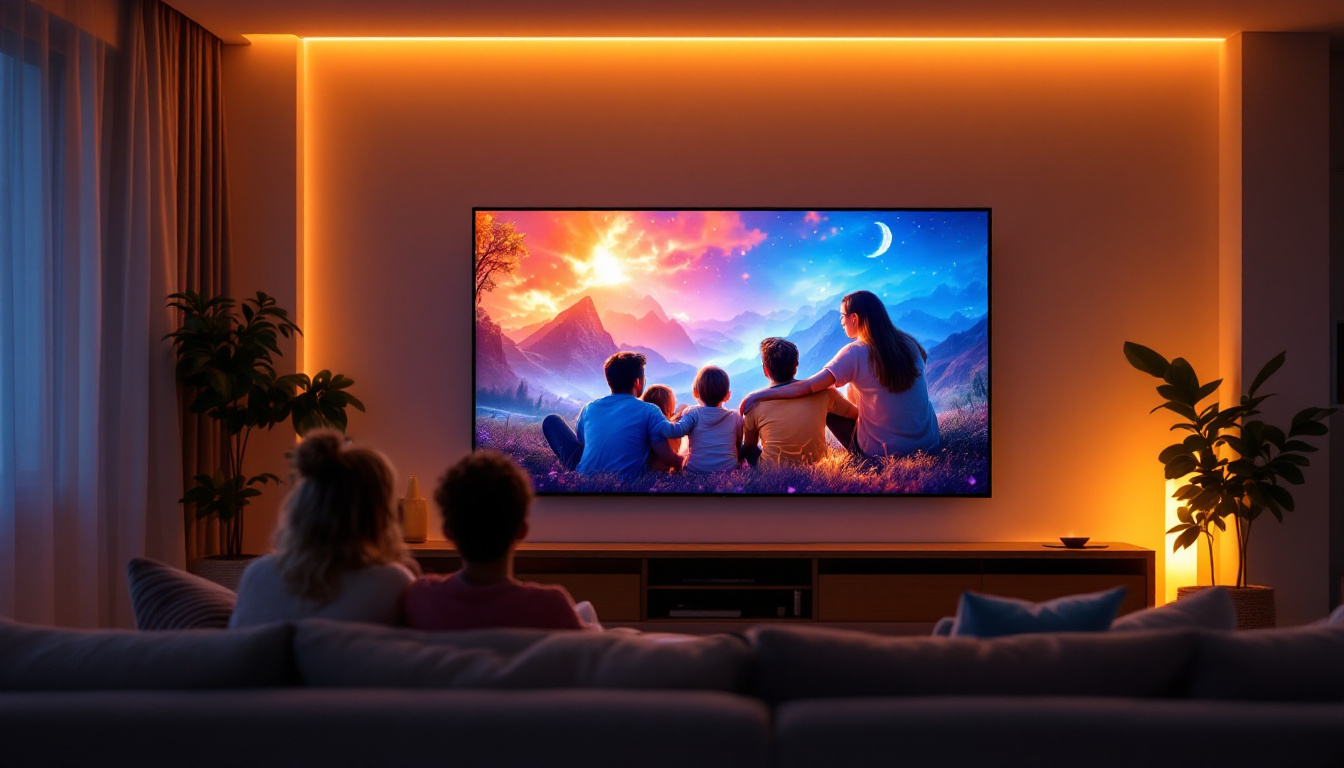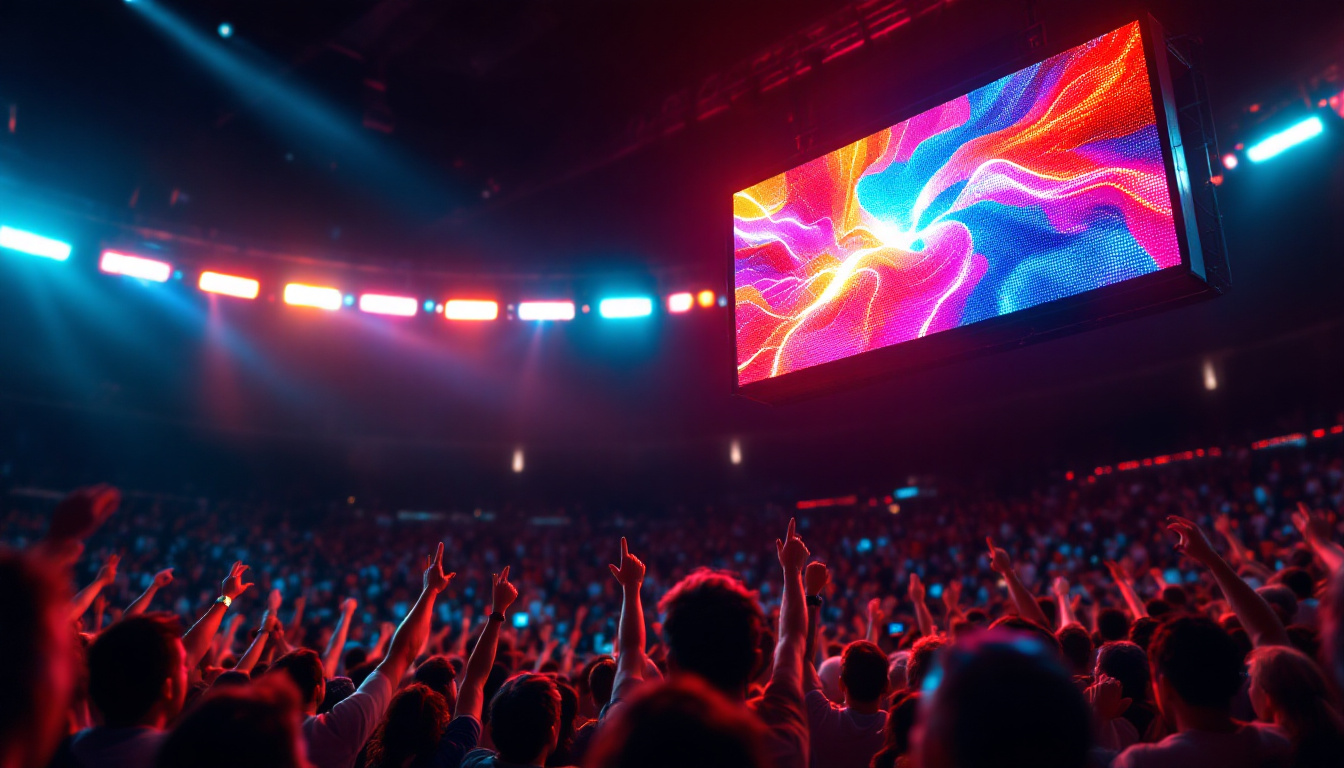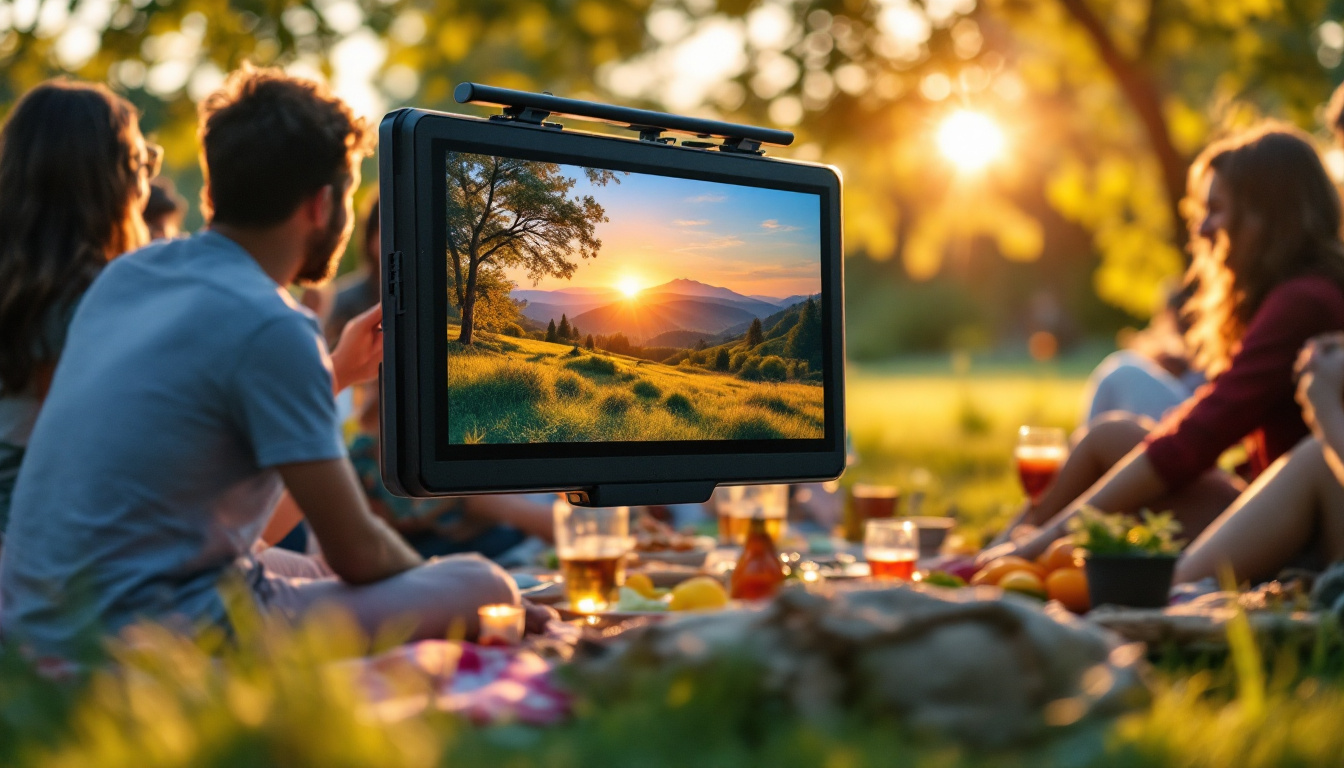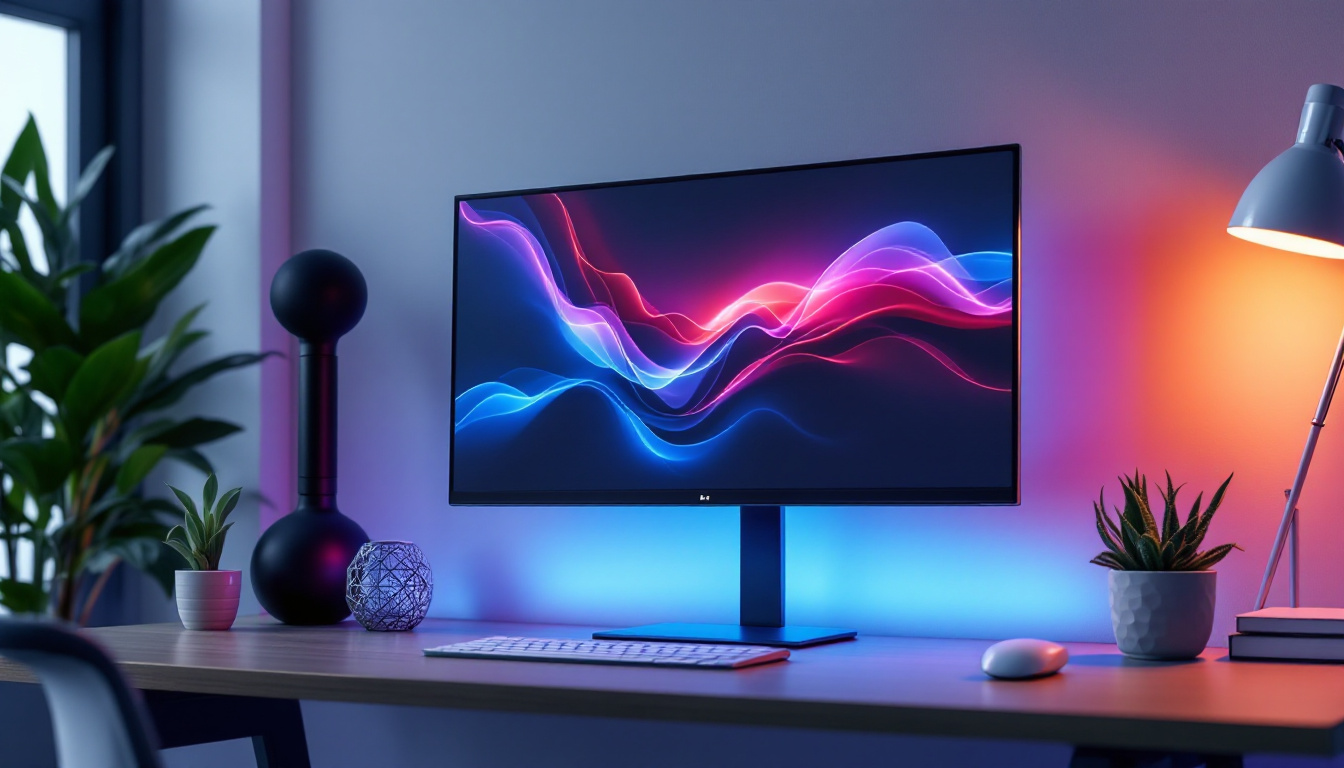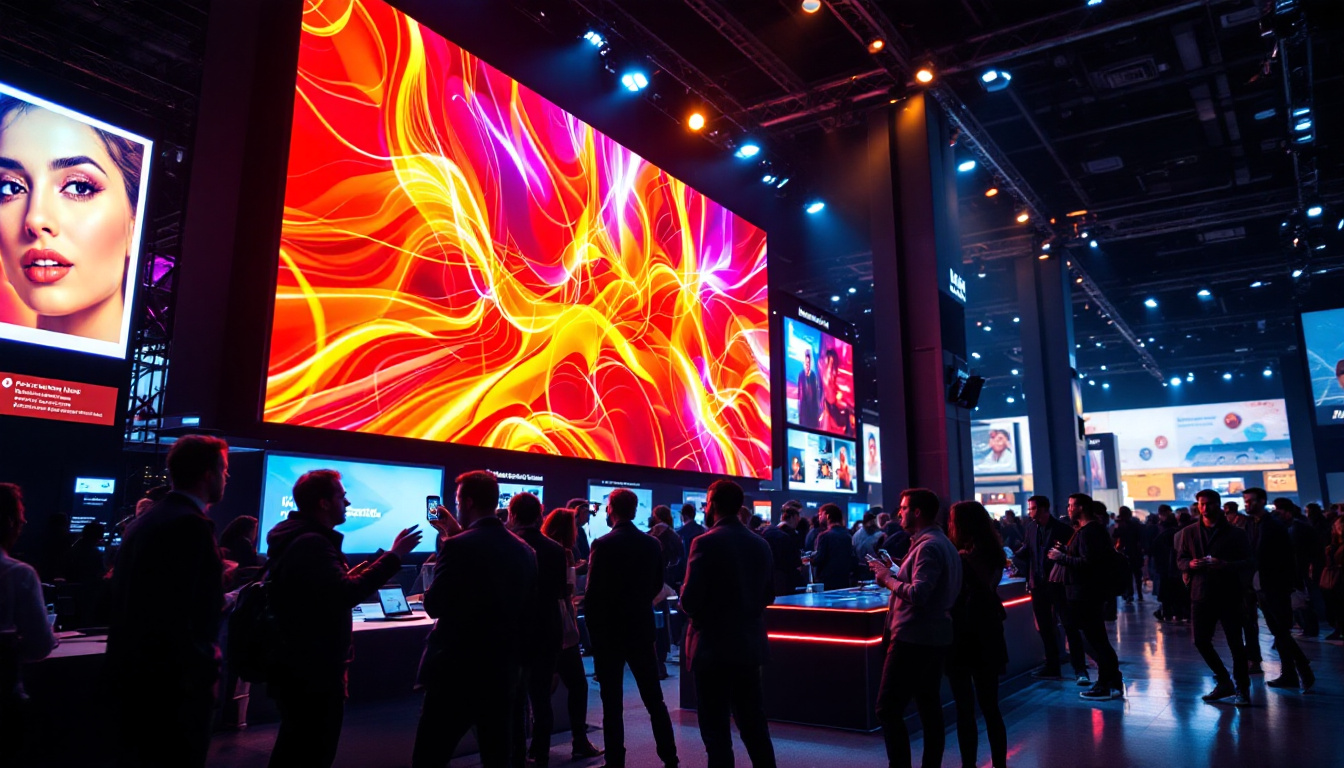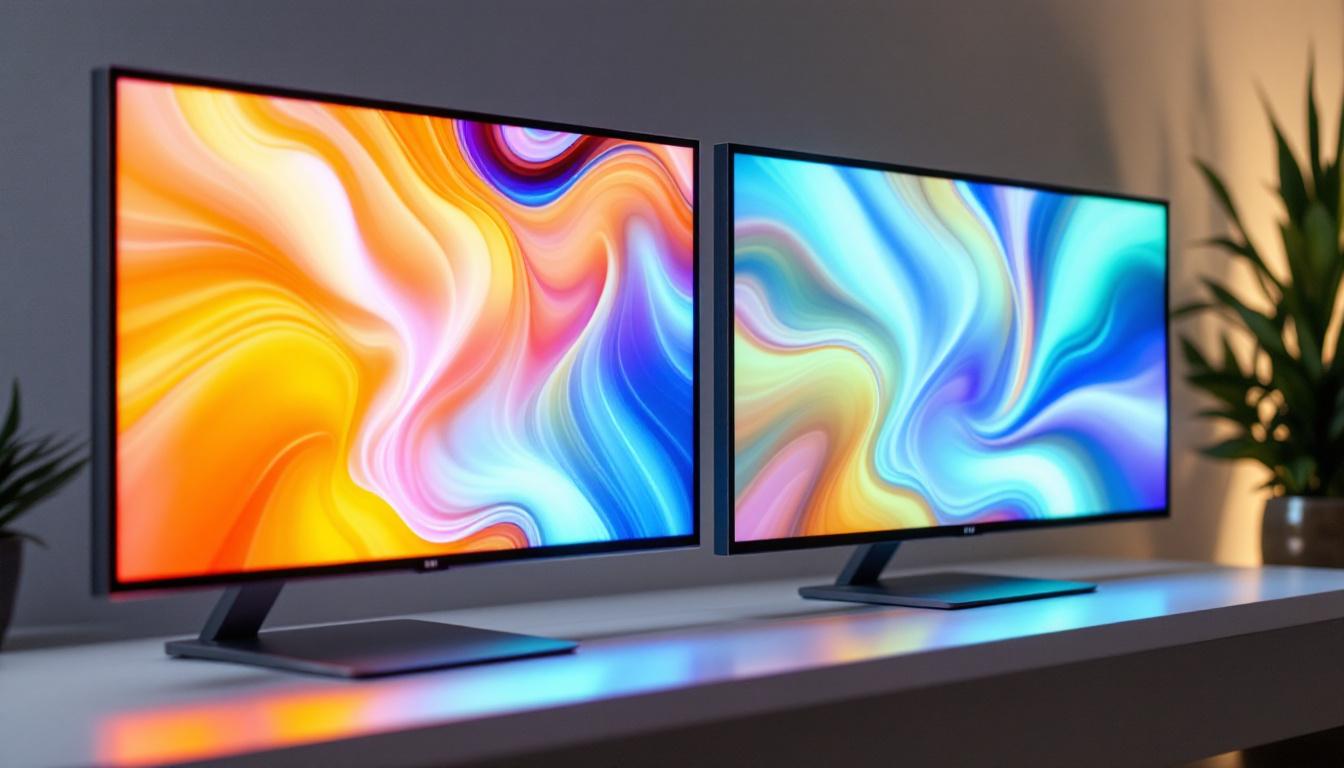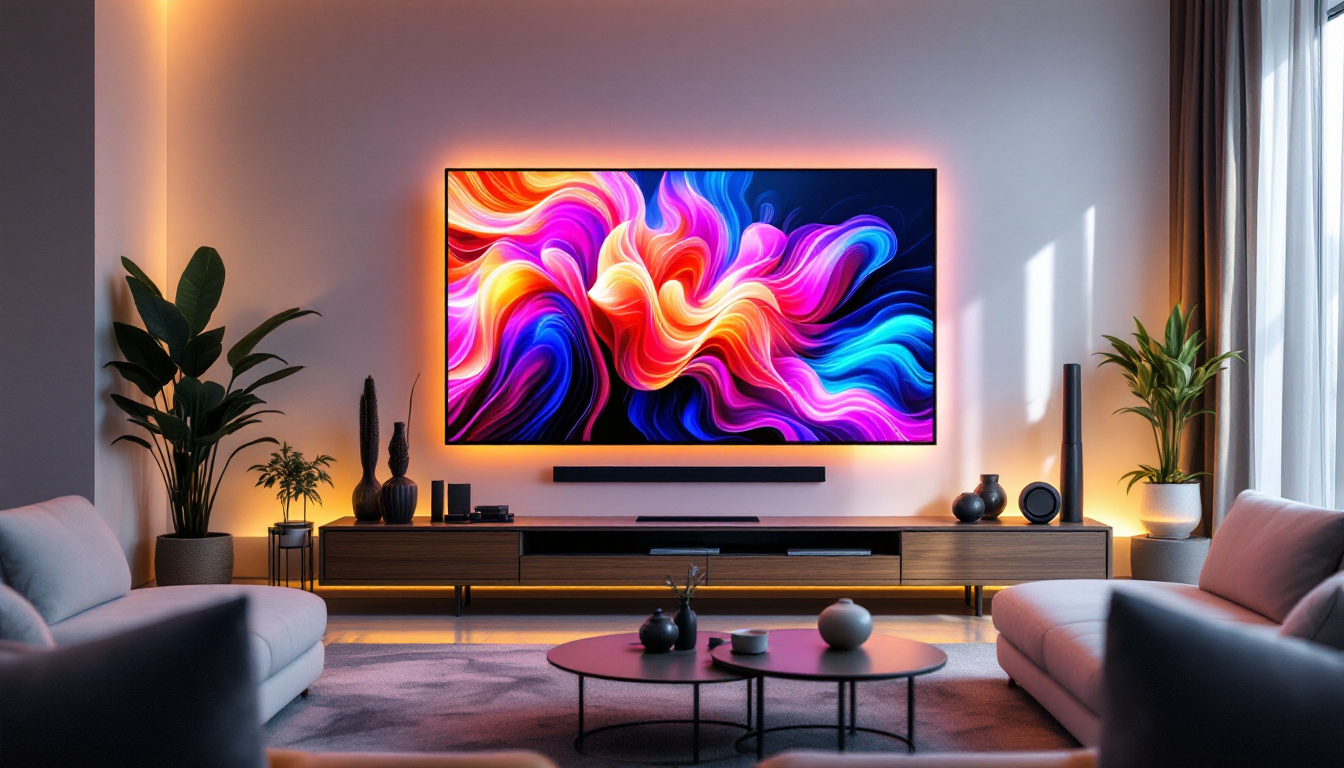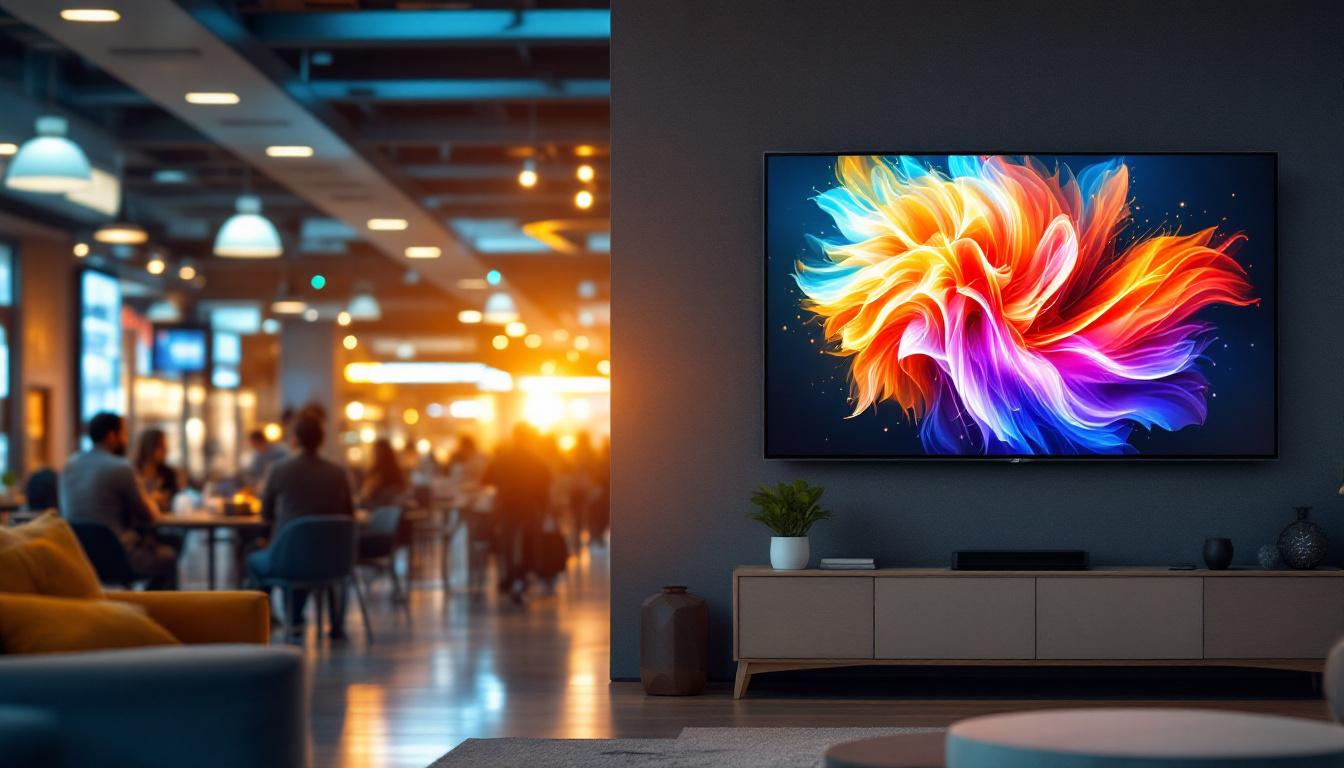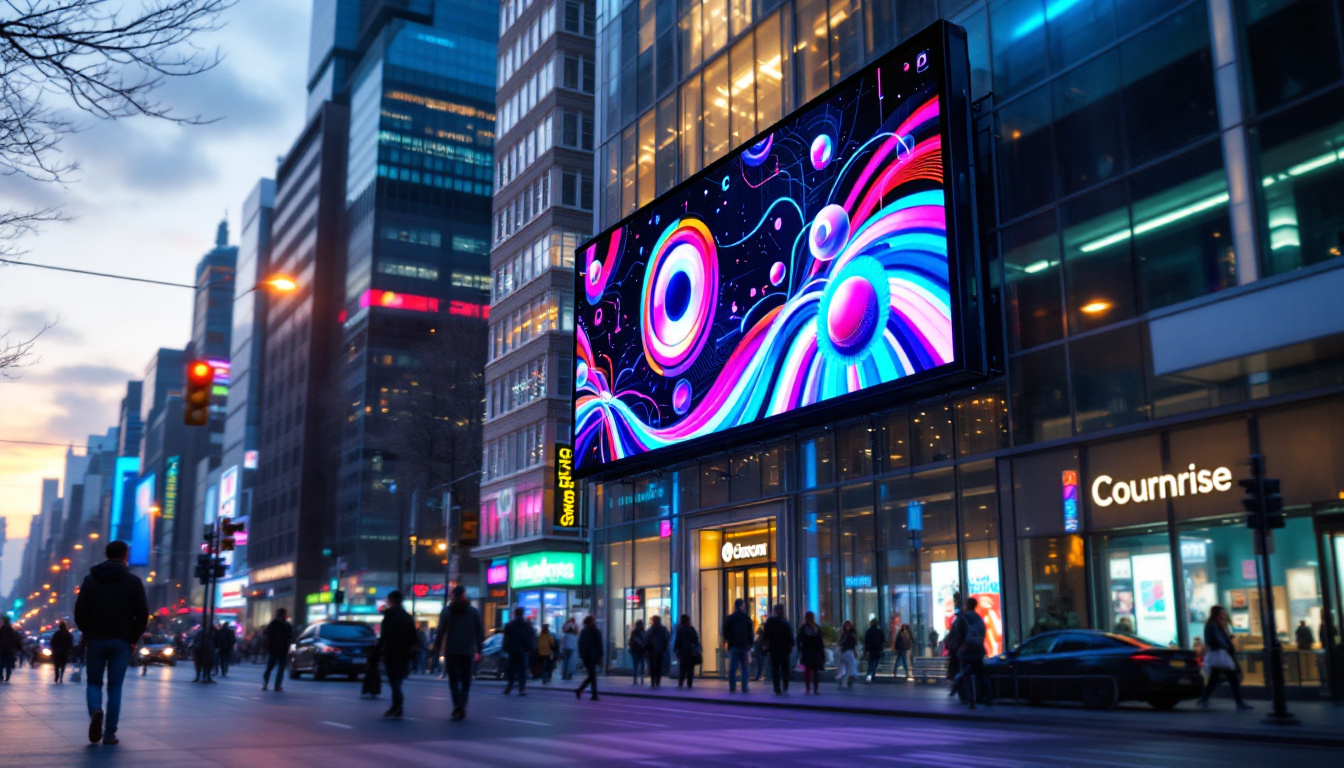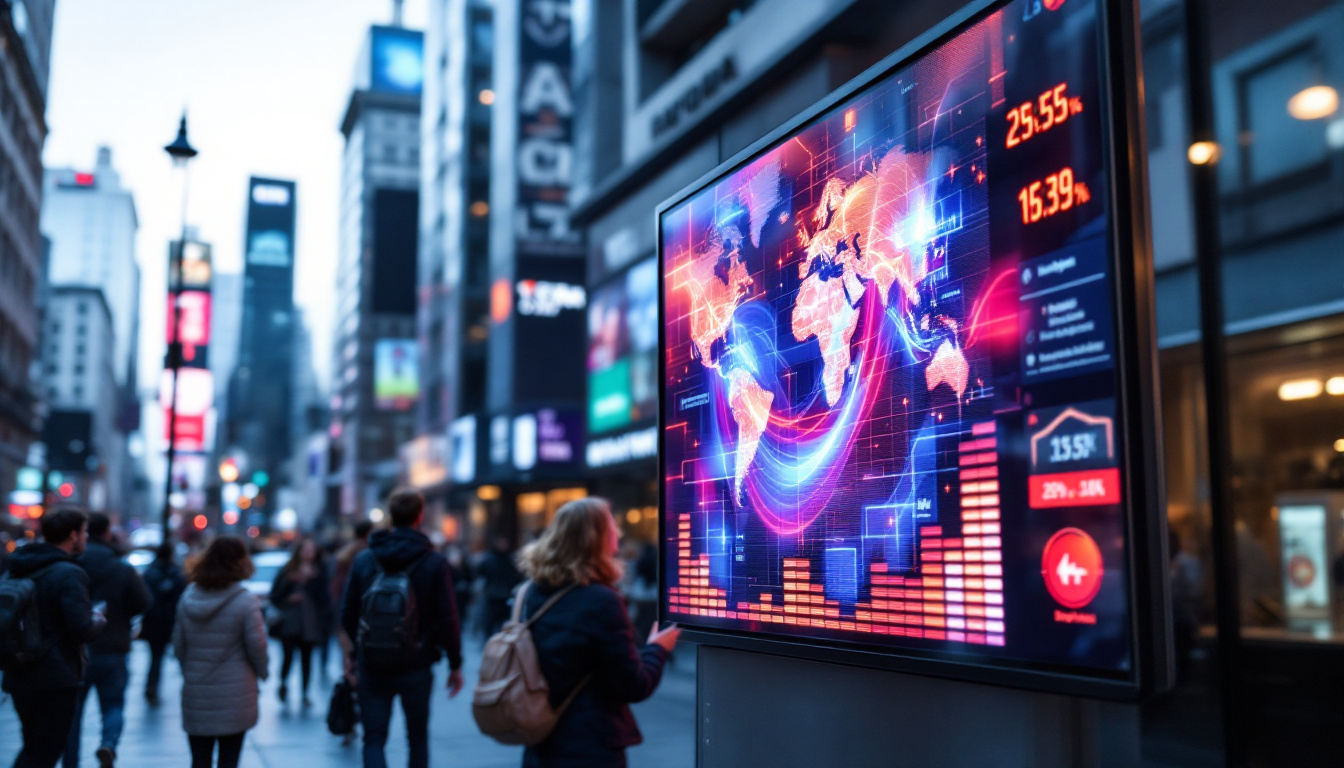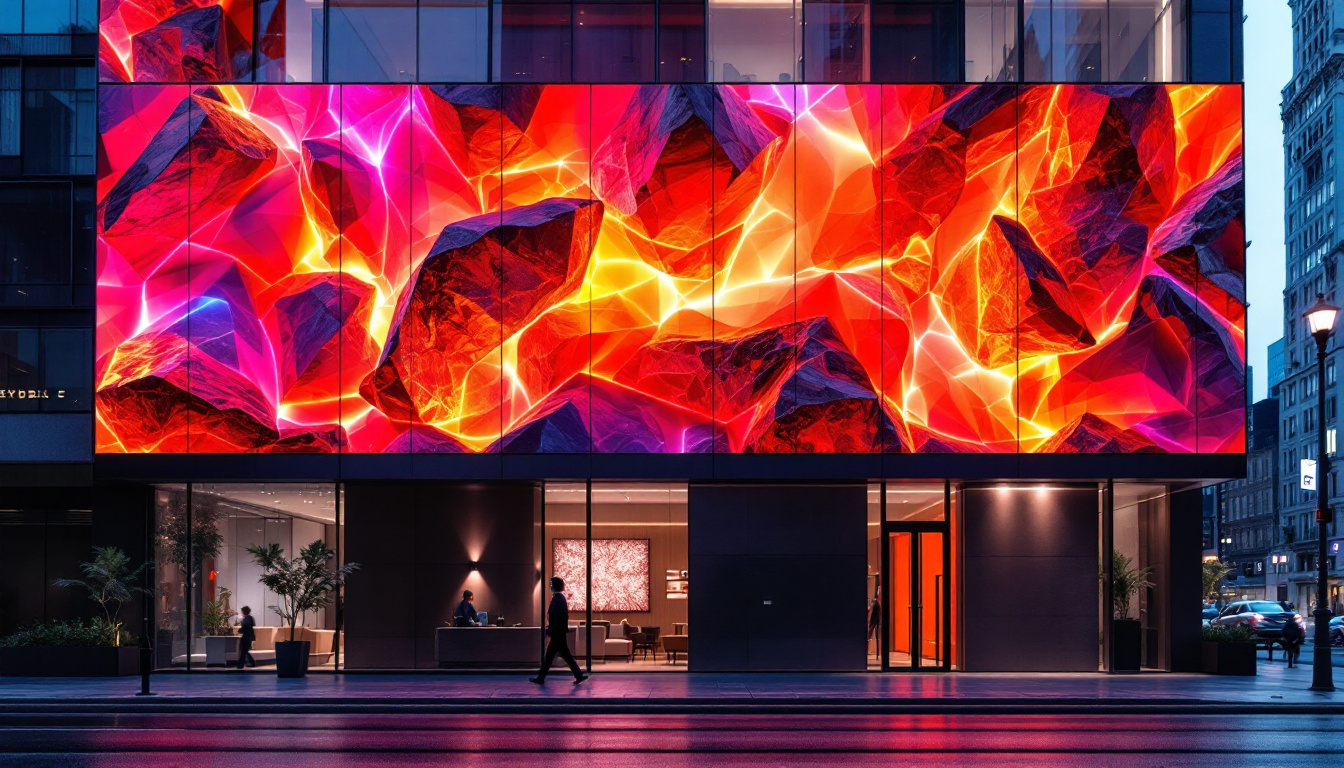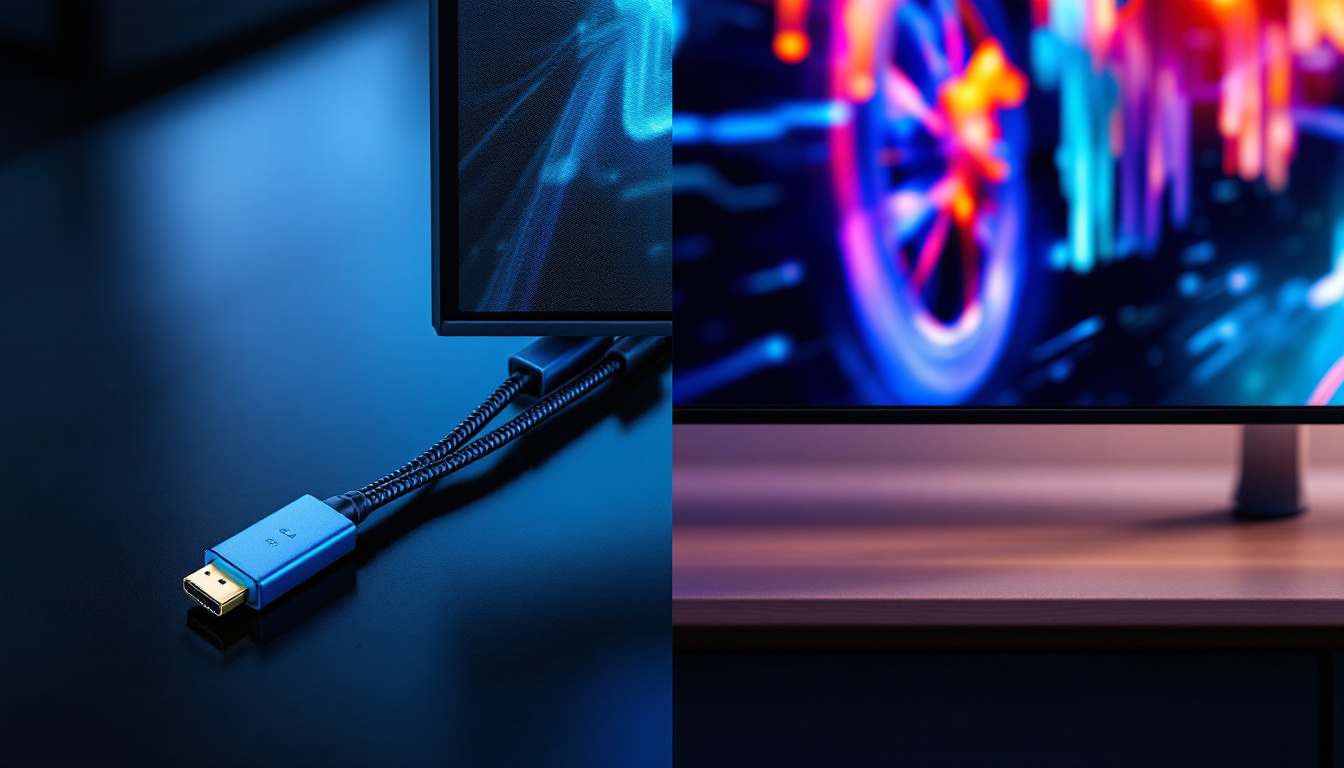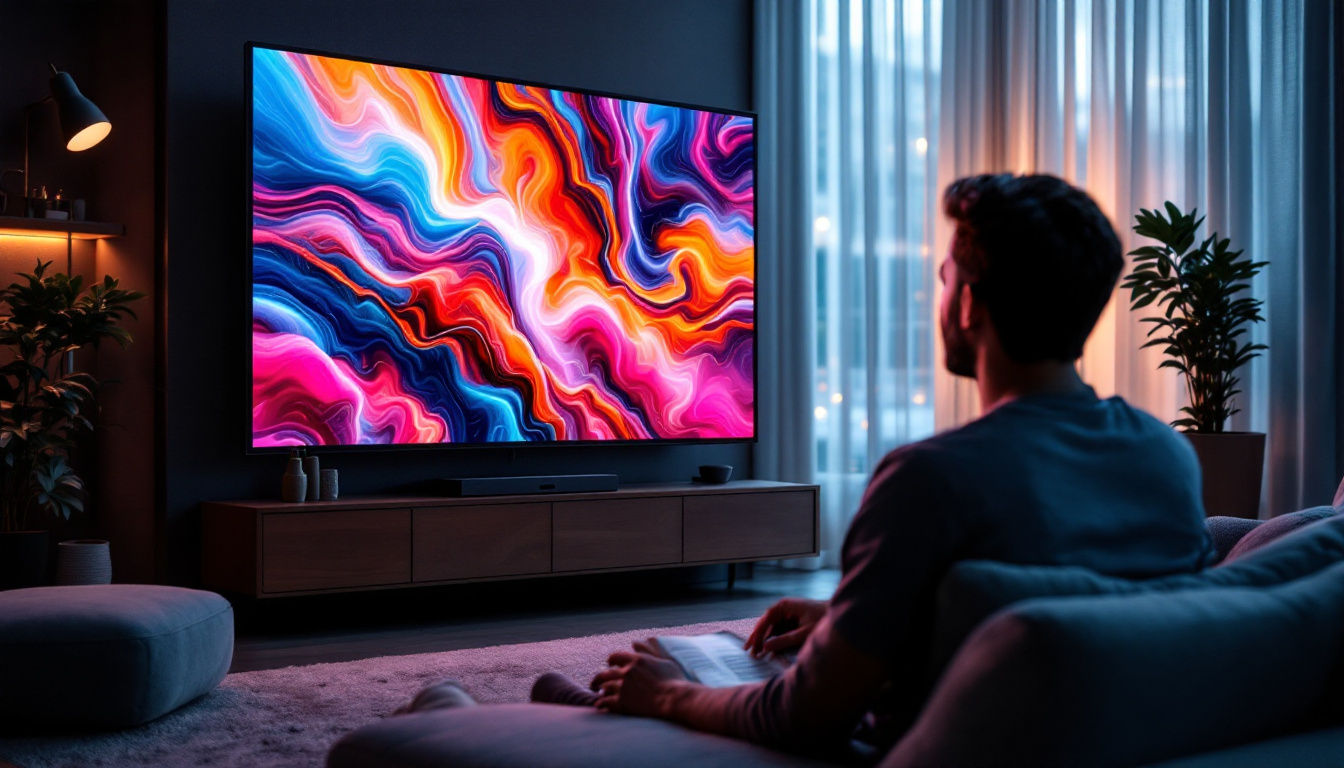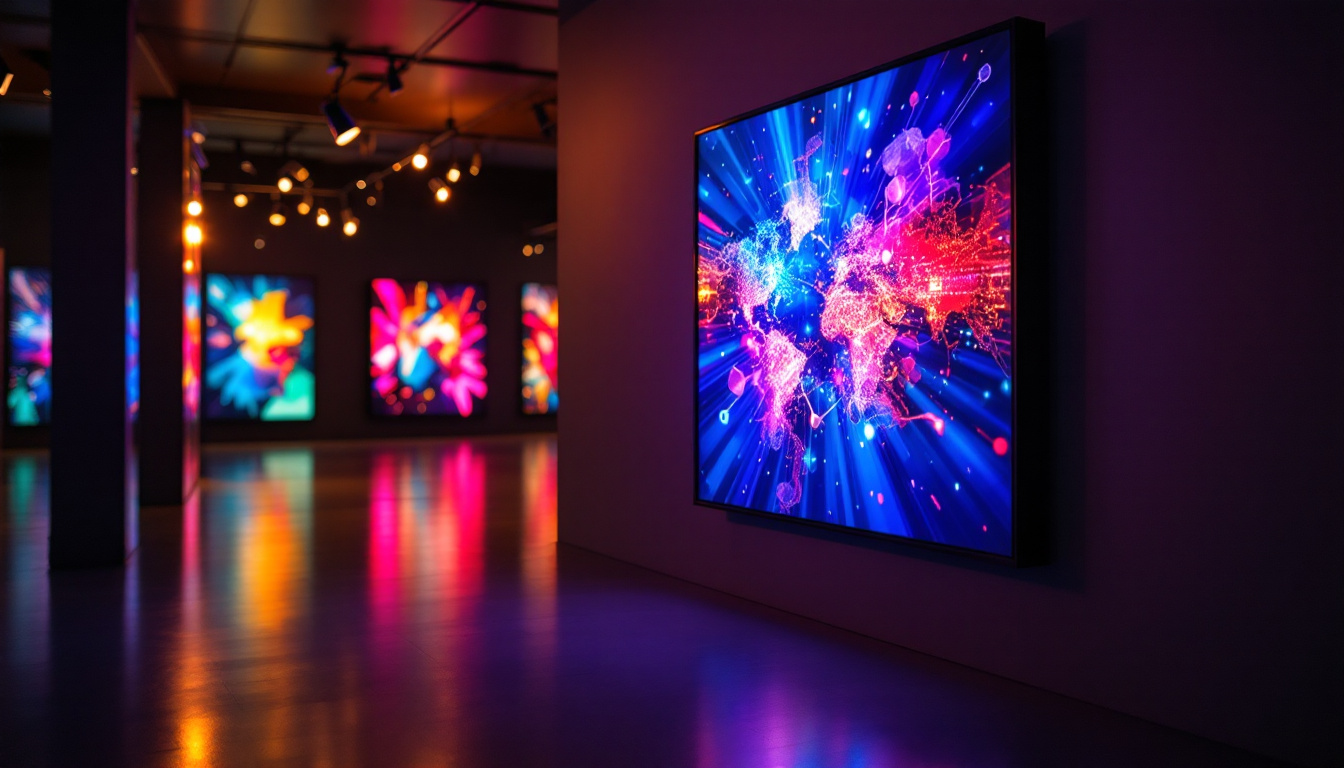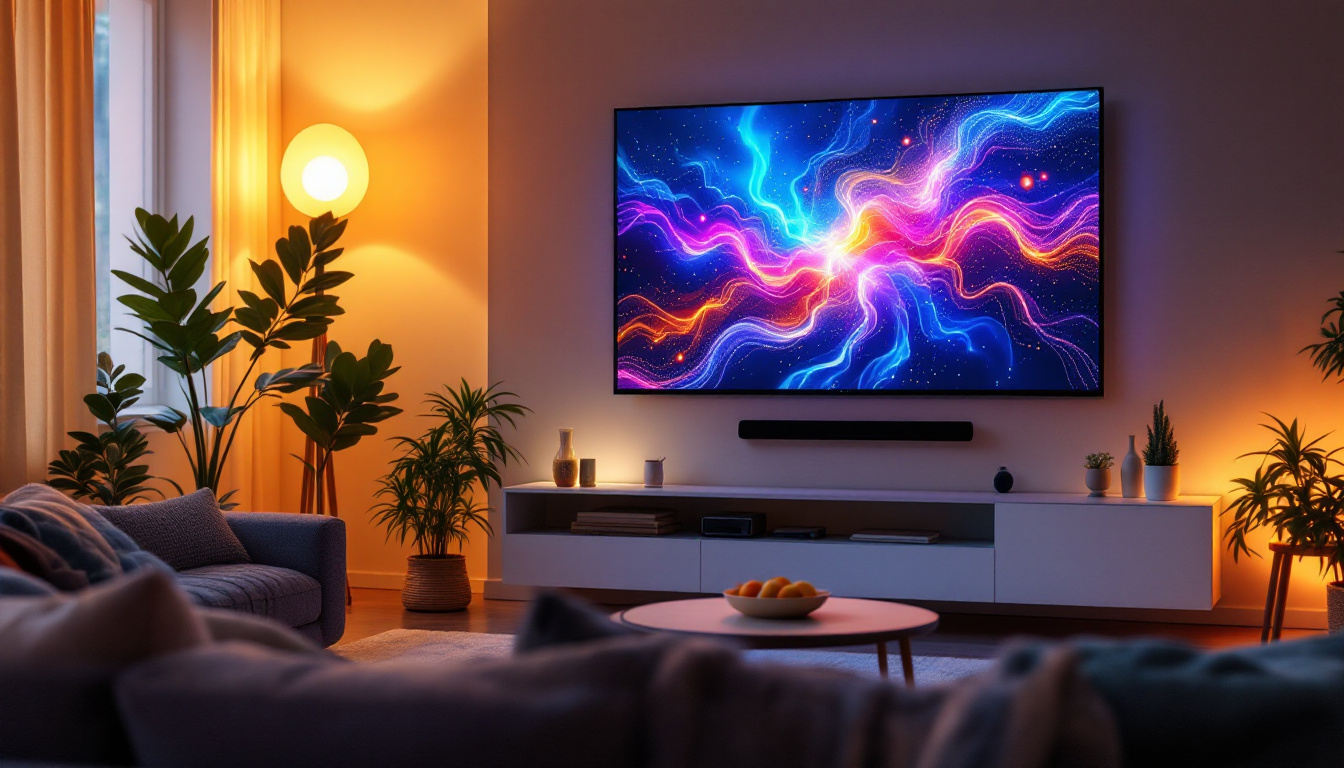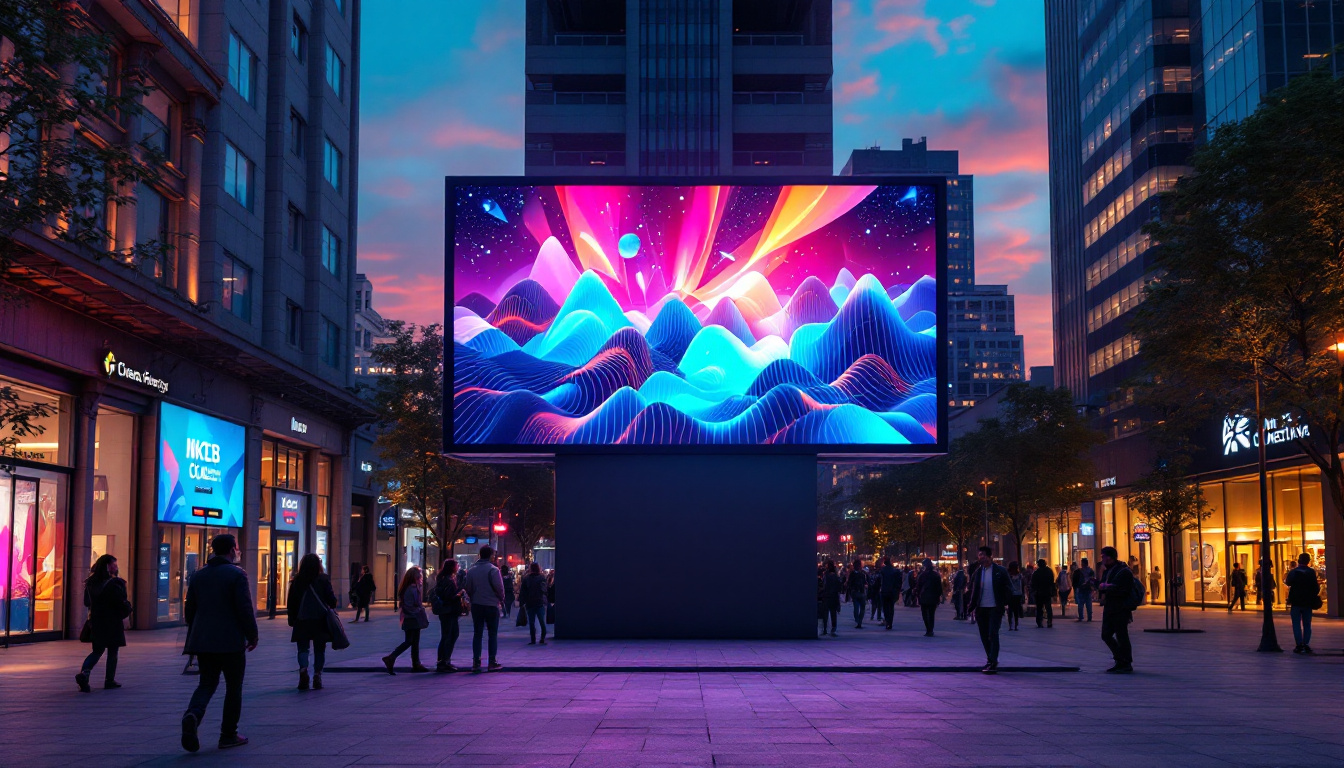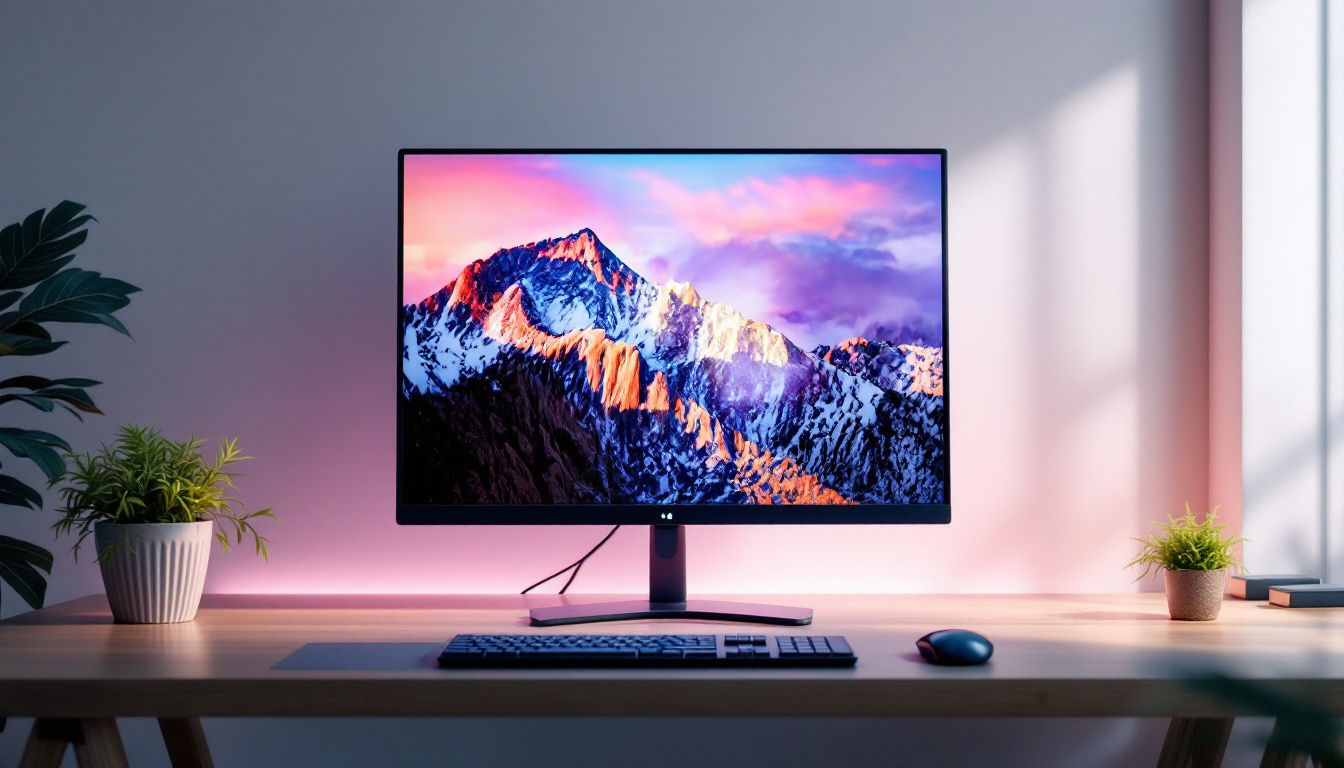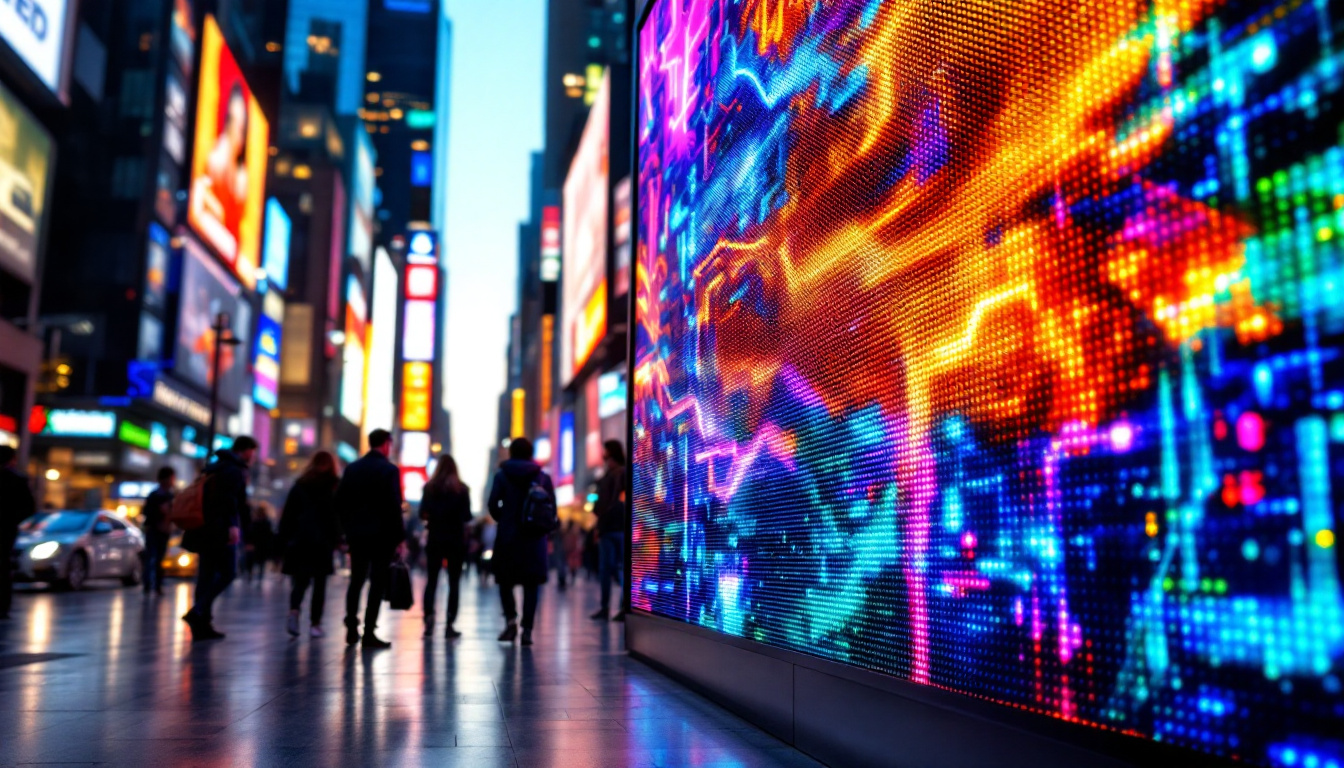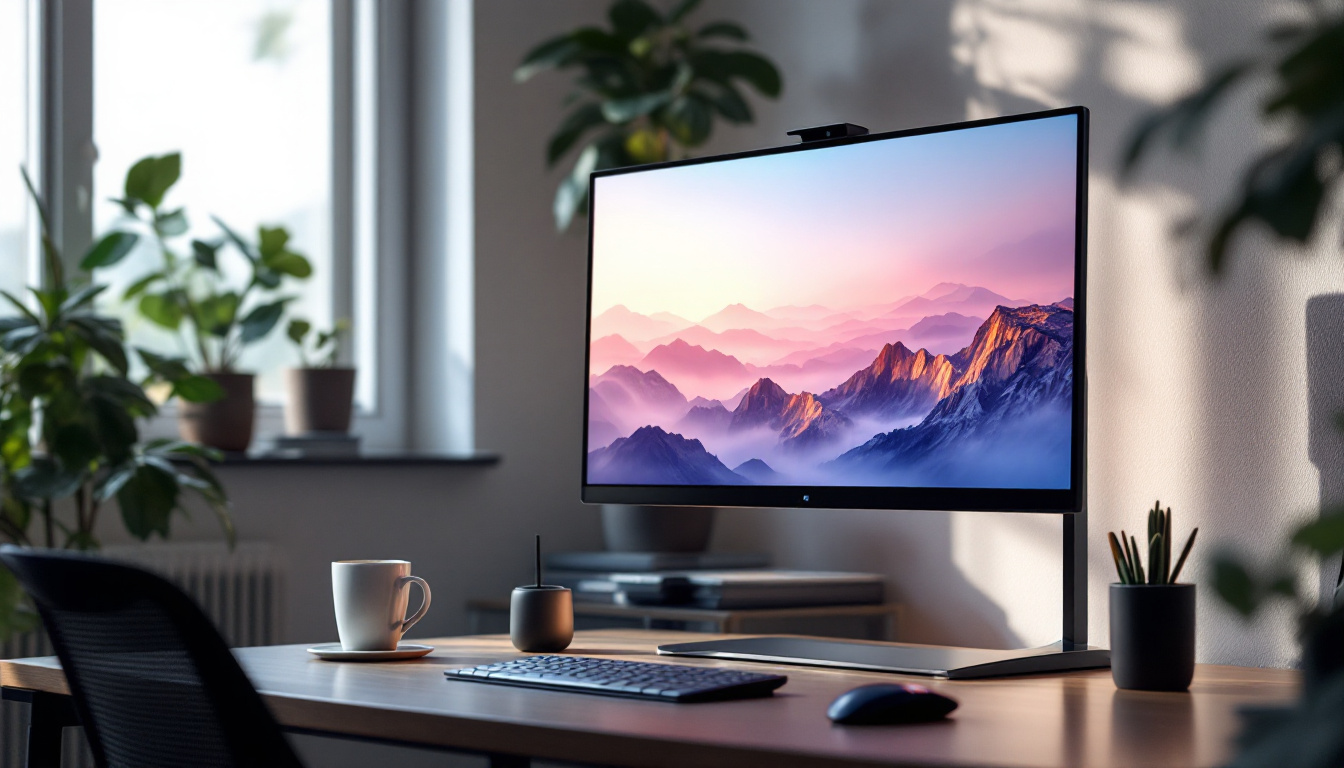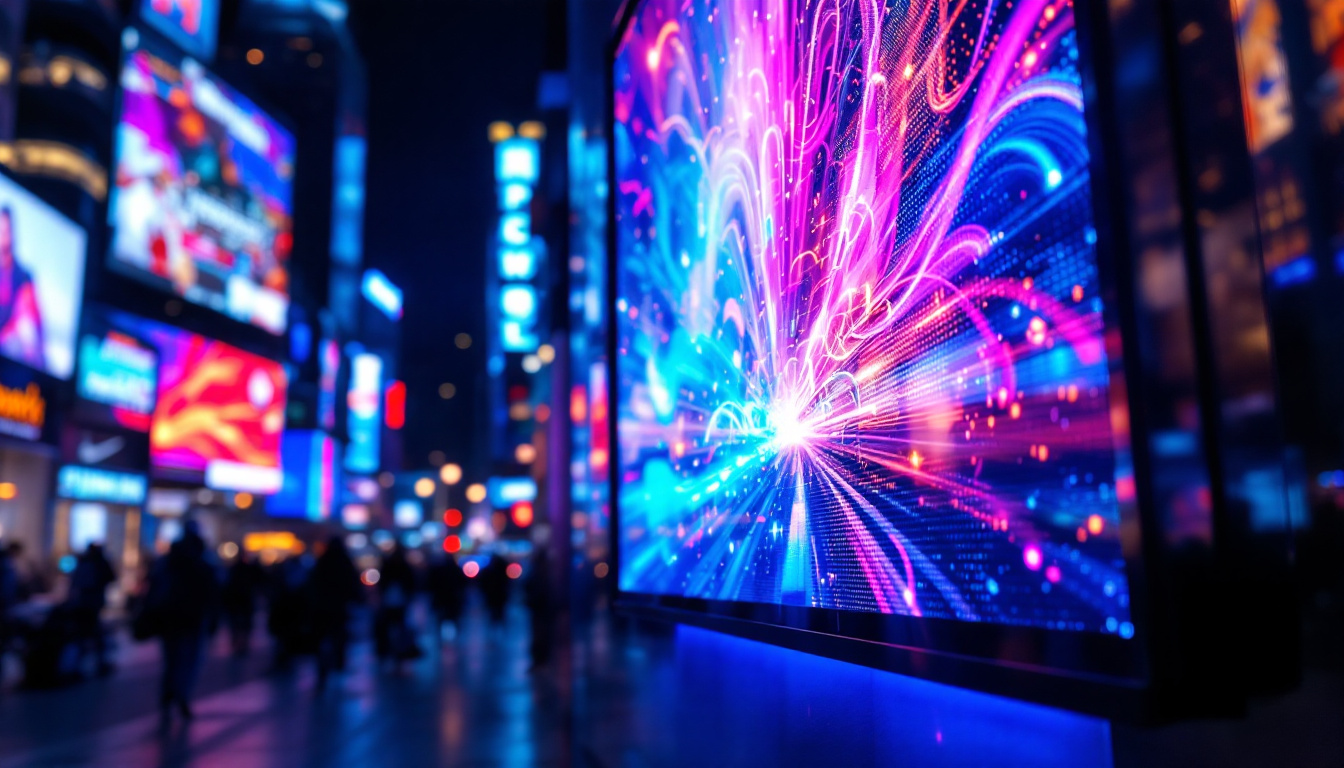In the modern world of presentations, events, and entertainment, visual clarity and engagement are paramount. The use of projector screens has evolved significantly, with LED displays becoming a popular choice for many applications. This article will explore the nuances of LED display technology, its advantages, and considerations for renting projector screens.
Understanding LED Display Technology
LED, or Light Emitting Diode, technology has transformed the way images and videos are presented. Unlike traditional projectors that rely on bulbs, LED displays use an array of tiny diodes to emit light, providing vibrant colors and sharp images. This technology has made significant strides in recent years, offering a range of benefits that cater to various event needs. The energy efficiency of LED displays is another noteworthy advantage; they consume significantly less power compared to conventional lighting systems, making them an eco-friendly choice for large-scale events. Additionally, the longevity of LED technology means that displays can operate for tens of thousands of hours without the need for frequent replacements, reducing maintenance costs and downtime.
How LED Displays Work
LED displays consist of multiple pixels, each made up of red, green, and blue diodes. By adjusting the intensity of these diodes, a wide spectrum of colors can be produced. This pixel-based structure allows for high resolution and excellent brightness, making LED displays suitable for both indoor and outdoor settings. The technology behind LED displays also includes advancements like pixel pitch, which refers to the distance between the centers of two adjacent pixels. A smaller pixel pitch results in higher resolution, ideal for close viewing distances, while larger pitches can be used for larger venues where viewers are further away. Furthermore, the ability to control each pixel individually allows for dynamic content creation, enabling stunning visual effects that can captivate audiences.
In addition to pixel pitch, the refresh rate of LED displays plays a crucial role in image quality. A higher refresh rate ensures smoother motion and reduces flicker, which is particularly important for video presentations and live broadcasts. This capability makes LED displays a favorite choice for sports arenas and concert venues, where fast-moving visuals are common. Moreover, advancements in color calibration technology have made it easier to achieve consistent color accuracy across different displays, ensuring that every viewer experiences the same vibrant imagery regardless of their location.
Types of LED Displays
There are several types of LED displays available for rental, each catering to different needs and environments. The most common types include:
- Indoor LED Displays: These are designed for indoor use, featuring a finer pixel pitch for high-resolution images. They are perfect for conferences, exhibitions, and corporate events. Their lightweight design and modular construction allow for easy setup and customization, making them versatile for various indoor layouts.
- Outdoor LED Displays: Built to withstand the elements, outdoor displays are brighter and have a larger pixel pitch. They are commonly used for concerts, festivals, and sporting events. These displays often come with protective features like weatherproof casings and anti-glare technology, ensuring visibility even in direct sunlight.
- Flexible LED Displays: These can be shaped and curved to fit various formats, making them ideal for creative installations and unique event setups. Their adaptability allows event planners to create immersive environments that engage audiences in new and exciting ways.
In addition to these standard types, there are also specialized LED displays such as transparent LED screens, which allow for visibility through the display while still showcasing content. This innovative design is particularly popular in retail environments, where it can enhance product displays without obstructing the view. Another emerging trend is the use of interactive LED displays that respond to touch or motion, providing an engaging experience for users and making them perfect for trade shows and interactive exhibits.
Benefits of Renting LED Displays
Renting LED displays for events offers numerous advantages over traditional projector screens. Understanding these benefits can help event planners make informed decisions about their visual presentation needs.
Enhanced Visual Quality
One of the most significant benefits of LED displays is their superior visual quality. The brightness and color accuracy of LED technology ensure that images and videos are vivid and eye-catching, even in well-lit environments. This is particularly important for outdoor events where sunlight can diminish the effectiveness of traditional projectors.
Additionally, LED displays provide better contrast ratios, allowing for more dynamic visuals. The ability to display deep blacks alongside bright whites enhances the overall viewing experience, making it more engaging for the audience.
Versatility and Flexibility
LED displays are incredibly versatile, making them suitable for a wide range of applications. From corporate presentations to entertainment events, they can be configured in various sizes and shapes to fit any venue. This flexibility allows for creative setups that can enhance the overall aesthetic of an event.
Moreover, LED displays can be used for both static images and dynamic video content, providing a comprehensive solution for event organizers. The ability to switch between different types of content seamlessly adds to the overall impact of the presentation.
Cost-Effectiveness
While the initial investment in LED technology may seem high, renting LED displays can be a cost-effective solution for many organizations. Renting allows access to high-quality equipment without the long-term commitment of purchasing. This is especially beneficial for companies that host events infrequently or on a limited budget.
Additionally, rental companies often provide support services, including setup and technical assistance, which can further reduce costs associated with event planning. This allows organizers to focus on the content of their presentations rather than the logistics of equipment management.
Considerations for Renting LED Displays
While the benefits of LED displays are clear, there are several considerations to keep in mind when renting this technology for an event. Understanding these factors can help ensure a successful and seamless experience.
Venue Compatibility
Before renting an LED display, it is essential to consider the venue’s compatibility with the technology. Factors such as space, lighting conditions, and audience size play a crucial role in determining the appropriate display type and size.
For instance, an outdoor event may require a larger, brighter display with a suitable pixel pitch to ensure visibility from a distance. Conversely, an indoor event may benefit from a smaller, high-resolution display that can be viewed up close. Assessing the venue’s characteristics will help in selecting the right equipment.
Content Preparation
Another critical aspect of using LED displays is content preparation. The quality of the visuals presented on the screen can significantly impact audience engagement. It is advisable to prepare high-resolution images and videos that are optimized for LED technology.
Additionally, consider the format and aspect ratio of the content. LED displays often have specific requirements, and ensuring that content is formatted correctly will prevent issues during the presentation. Collaborating with a rental company that offers content support can be beneficial in this regard.
Technical Support and Setup
Technical support is a vital consideration when renting LED displays. Ensuring that the rental company provides setup and on-site assistance can alleviate potential technical issues during the event. This support is especially important for larger displays, which may require specialized knowledge for installation and operation.
Furthermore, discussing the technical specifications and requirements with the rental company beforehand can help prevent any last-minute surprises. A well-prepared team can make all the difference in delivering a smooth and successful presentation.
Choosing the Right Rental Company
When it comes to renting LED displays, selecting the right rental company is crucial. A reputable provider can make the process easier and more efficient, ensuring that all needs are met. Here are some factors to consider when choosing a rental company.
Experience and Reputation
Look for a rental company with a solid track record in the industry. An experienced provider will have a better understanding of the nuances of LED technology and can offer valuable insights and recommendations. Checking reviews and testimonials can provide a glimpse into the company’s reputation and reliability.
Additionally, consider whether the company specializes in the type of event you are planning. A rental company that has experience with corporate events may have different offerings than one that specializes in entertainment or outdoor festivals.
Equipment Quality and Variety
The quality and variety of equipment offered by a rental company can significantly impact the overall experience. Ensure that the company provides well-maintained, up-to-date LED displays that meet industry standards. A diverse inventory will also allow for more customization options, enabling event planners to select the best fit for their specific needs.
Inquire about the specifications of the equipment, including resolution, brightness, and pixel pitch. This information will help in making informed decisions about which displays will work best for the intended application.
Customer Support and Services
Excellent customer support is essential when renting LED displays. A company that offers comprehensive services, including setup, technical assistance, and post-event support, can enhance the overall experience. Clear communication and responsiveness are key indicators of a company’s commitment to customer satisfaction.
Additionally, inquire about the rental terms and conditions, including cancellation policies and insurance options. Understanding these details upfront can help avoid potential issues later on.
Conclusion
In conclusion, renting LED displays for events offers a multitude of benefits, including enhanced visual quality, versatility, and cost-effectiveness. However, careful consideration of venue compatibility, content preparation, and technical support is essential for a successful presentation. By choosing the right rental company and understanding the intricacies of LED technology, event planners can create engaging and memorable experiences for their audiences.
As the demand for high-quality visual presentations continues to grow, LED displays are becoming an integral part of the event landscape. Embracing this technology can elevate any event, ensuring that messages are conveyed effectively and leave a lasting impression.
Discover LumenMatrix LED Display Solutions
Ready to transform your next event with unparalleled visual impact? Look no further than LumenMatrix, a pioneer in LED display technology. Our extensive range of solutions, from Indoor and Outdoor LED Wall Displays to innovative LED Sports and Floor Displays, is designed to captivate your audience and amplify your message. With LumenMatrix, you’re not just renting a display; you’re creating an experience. Check out LumenMatrix LED Display Solutions today and see how we can help you make a lasting impression at your next event.

